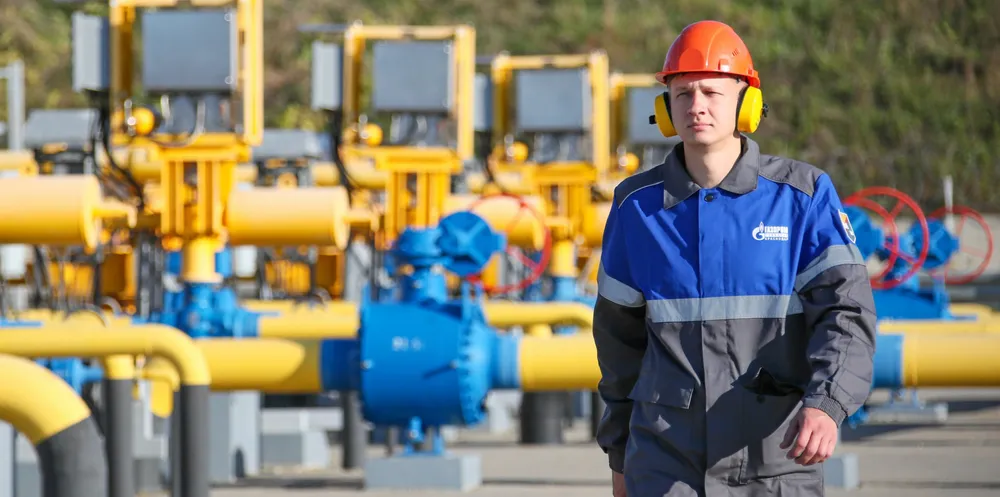The 1,600TWh challenge | The six key steps needed to wean Europe off Russian gas
EU member states need to rethink policies on nuclear, renewables project approvals, LNG imports and other areas, writes Gerard Reid

EU member states need to rethink policies on nuclear, renewables project approvals, LNG imports and other areas, writes Gerard Reid
